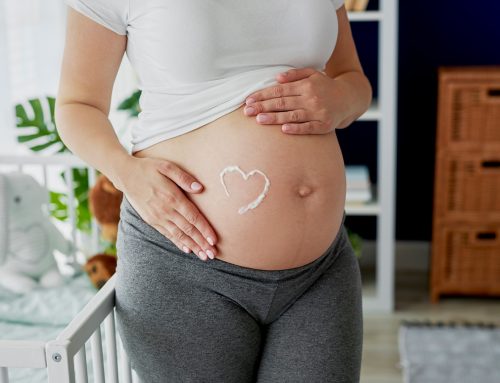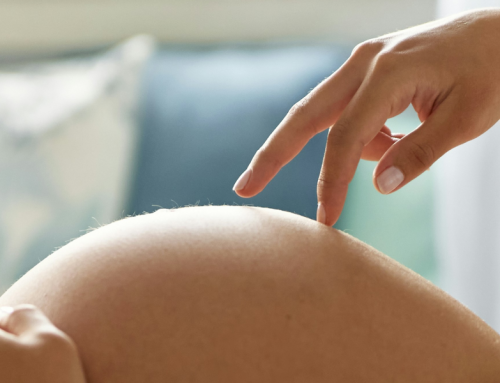Once again, Eugin was present at the Annual Congress par excellence related to assisted reproduction, known as ESHRE, which this year marked its 37th annual meeting. On this occasion, the research team’s work has allowed us to present ten studies related to fertility and assisted reproduction with a very positive impact on improving patients’ treatment. By presenting these studies, we are highlighting the importance we attach to the field of research. Of these ten studies, two were presented orally and the remaining eight in poster format.
The two presentations were given by Dr. Daniel Mataró, medical director of the Eugin Group clinic CIRH, and Dr. Gustavo Tiscornia, a researcher at the PCB.
The first of these presented a study carried out during the months of the health crisis resulting from the COVID-19 pandemic, which analysed the positivity rates of this disease in Spanish assisted reproduction centres. This paper was widely reported in the media, including La Vanguardia.
The research concludes that between April 2020 and 15 January 2021, these centres did not exceed a 1% COVID-19 positive rate among their patients. In total, 12,416 screenings were carried out in three different time periods (2,695, 4,068 and 5,653, respectively) with active infection detection tests applied in a percentage of more than 70% in all surveys. Specifically, in the first phase analysed, from 27 April to 30 June 2020, the incidence was 0.31%; in the second, from 1 July to 31 August 2020, it was 0.36%; and in the third, from 1 September 2020 to 15 January 2021, it was 0.93%.
In addition, Dr. Tiscornia presented a paper co-funded by the European Innovative Training Network grant in which he discussed meiotic spindle changes in oocytes that have undergone the maturation process in the female body, not in the laboratory. The study on which these conclusions are based was carried out in Eugin’s laboratory at the University of Barcelona Science Park.
Artificial intelligence in medicine
In collaboration with the Artificial Intelligence Research Institute of the CSIC, an artificial intelligence model was presented that prescribes medication with the precision of a doctor, showing the same reliability as the physician. The model is based on an algorithm created from a sample of 2,713 patients that calculates the appropriate medication dose for each patient’s ovarian stimulation.
Its effectiveness has been tested on 524 patients under the supervision of a team of specialists. Nuria Correa, the study’s lead researcher, highlighted the dual function of the prescription system, “from a support tool for doctors who are new to the field or a quality control tool for more experienced ones, but also as a second medical opinion”. The dissemination of this project was also covered by the media.
Uneven development between male and female embryos
A study was also presented, with considerable media coverage, which shows that female embryos develop faster than male embryos. This conclusion has been reached thanks to the study of 102 embryos from in vitro fertilisation treatments involving donor eggs, using the time-lapse technique and morphokinetic evaluation, which assesses the time of embryo development.
According to the observations made, the most significant difference is detected in the embryo development stage known as cavitation, when the embryo has been developing for 4 days after fertilisation. Despite the difference detected, the study’s research team highlights the general similarities in the development of the embryos, regardless of the future sex of the baby, which further enhances the value of the discovery made.
7 further presentations
In addition to these studies, the Eugin research team presented 7 more posters with very interesting results that really held the attention of the attendees. Led by the Eugin Group’s scientific director, Dr. Rita Vassena, and with the collaboration of the UPF of Barcelona, the results of a study were presented that shows the benefits of freezing at day 5 of development, when the embryos are still at the blastocyst stage, those embryos that show slower growth than normal.
A study was also presented by clinics based in Boston and Brazil and the Harvard Medical School, which ruled out any association between the number of blastocysts and a possible chromosomal alteration of the embryo, an alteration which, in another study presented, is related to a delay in blastocyst development, especially in cases of late motherhood.
The Eugin research team presented three more posters addressing other aspects of assisted reproduction. In one poster, it was shown that sperm freezing does not affect live birth rates, while the second poster addressed the higher live birth rates using controlled ovarian stimulation versus a natural cycle of artificial insemination with donor sperm. The third poster highlighted the relationship between successfully completed treatments and LH levels prior to insemination with donor sperm.
Finally, the CIRH clinic also presented a study linking embryo quality and the woman’s age to success rates and the chances of a multiple pregnancy.
You can check out all the information related to the studies presented at the last ESHRE event here here.
Once again, our support for research and dissemination has been given a boost, thus highlighting that it is a priority for our clinics. You can follow them on our blog and social network sites: Twitter | Facebook | Instagram | YouTube.






